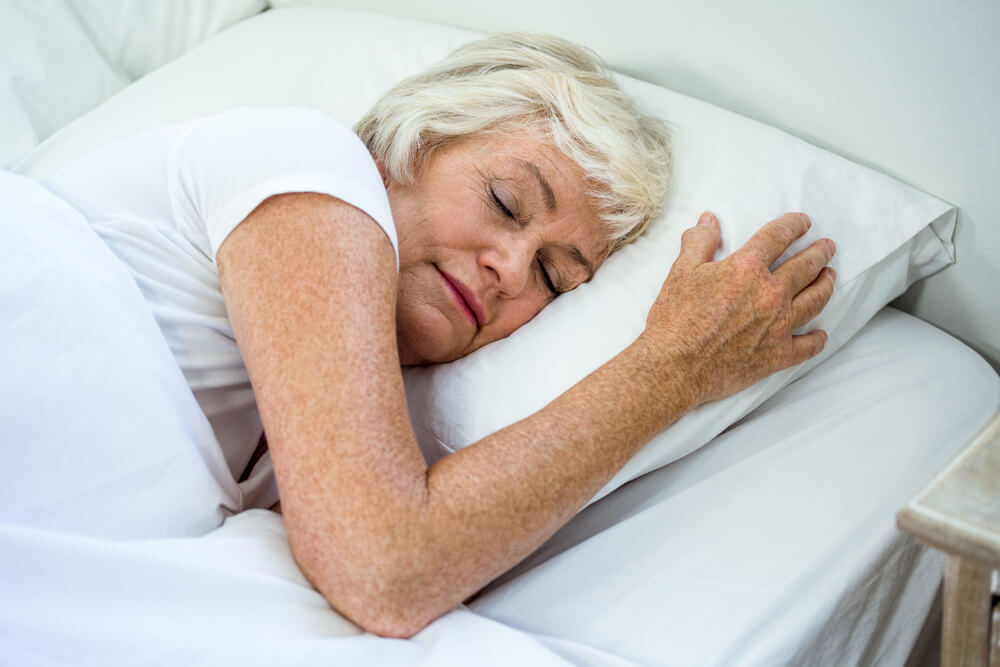Lateral epicondylitis, or tennis elbow, is a condition that can cause arm pain and other symptoms. These symptoms could be keeping you up at night, and the way you’re sleeping could be one reason for this. Fortunately, there are steps you can take to sleep better with lateral epicondylitis. Here are three tips for sleeping better with tennis elbow:
1. Avoid sleeping on the affected arm
Many people are most comfortable sleeping on their side, but this can also cause problems when you’re sleeping with tennis elbow. For instance, lying on the affected arm can reduce blood flow to the injured tendons. In turn, this can decrease the healing that takes place as you sleep. However, sleeping on your back doesn’t put as much pressure on the injured arm, and this allows blood flow to remain normal as you sleep and can boost the nocturnal healing in your elbow.
2. Support your elbow with pillows
If you decide to sleep on your unaffected side, there are still issues that can make sleeping with tennis elbow less restful. One issue this position can lead to is the upper arm muscles placing strain on your elbow, and this can cause the elbow tendons to be more painful. Also, you could end up twisting your forearm while you sleep, which can also stress the injured tendons and lead to pain. To avoid such issues, tennis elbow sufferers can support their affected arm on a pillow. This can help relieve tension in the upper arm muscles, and it can also help hold your forearm in an untwisted position while you’re sleeping.
3. Use a brace while sleeping
A third option that can make sleeping with tennis elbow more comfortable is a tennis elbow brace. These braces are designed to be worn on the forearm slightly below the elbow, and they can help support the forearm muscles. By doing so, they help reduce pressure on the injured elbow tendons, and this can help reduce pain that’s keeping you up at night. These braces help keep the forearm muscles from contracting fully, and this can be helpful to your tennis elbow if you typically clench your fists at night.
Sleeping better with tennis elbow can start at Peak Performance
At Peak Performance, our highly trained physical therapy team can help you find the most effective treatment options for tennis elbow. The first step in this process is a free screening, and this helps us gather information about your condition. Then, we’ll use the information we gather to build a personalized therapy plan for your needs, and this plan can include therapy methods like:
Take the next step to get our help treating your tennis elbow. Contact us today for more information or to schedule an initial appointment.
